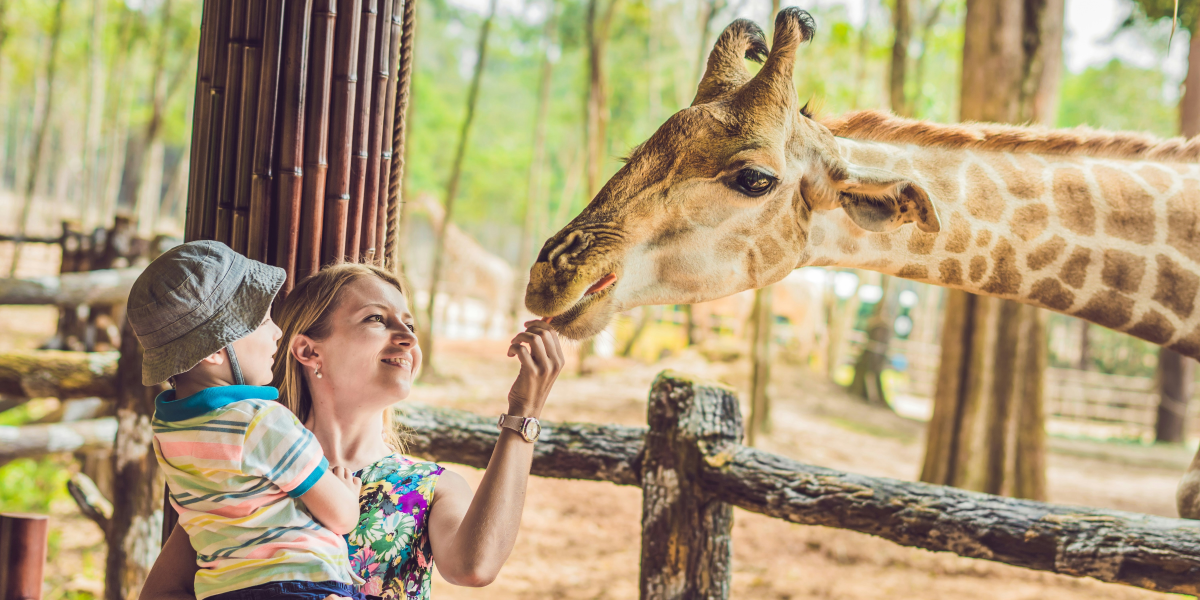Understanding the Importance of Animal Safety
Encounters with potentially dangerous animals can occur unexpectedly in the wilderness, while hiking, or even in urban areas where wildlife has encroached upon human spaces. While most animals are not naturally aggressive, certain species may pose a threat if they feel threatened, provoked, or are protecting their territory or young. Knowing how to respond in these situations is critical for personal safety.
Identifying Potentially Dangerous Animals
Not all wild animals are dangerous, but certain species are more likely to pose a threat. These animals generally fall into categories of predators, territorial creatures, or species that may feel cornered or threatened. Some of the most common dangerous animals include:
Large Predators: Bears, mountain lions, and wolves fall into this category. These animals are usually not aggressive toward humans but can become dangerous if surprised or if they feel their young are in danger.
Venomous Creatures: Snakes, spiders, and some insects, such as scorpions, can be potentially dangerous. A bite or sting from these creatures may require immediate medical attention.
Territorial Animals: Animals such as wild boars, moose, and certain types of birds (e.g., turkeys) can become aggressive if they feel their territory or space is threatened.
Protective Mothers: Many animals, including elephants, rhinos, and certain species of birds, will protect their young aggressively. If the mother feels threatened, this behavior can lead to dangerous encounters.
Understanding these animals’ behaviors and what triggers aggression can help individuals react appropriately and reduce the chances of harm.
Steps to Take During an Encounter
Knowing how to react during an encounter with a potentially dangerous animal is crucial for your safety. The right actions can prevent escalation and minimize the chance of injury. Here are some key guidelines for handling these situations:
Stay Calm and Avoid Panic: The first and most crucial step is to stay calm. Panic can lead to hasty actions, which may escalate the situation. Take slow, deliberate breaths and focus on the environment around you.
Avoid Direct Eye Contact: Many animals, especially large predators like bears, view direct eye contact as challenging. Avoid staring at the animal’s eyes, which may be interpreted as a threat. Instead, try to maintain a neutral posture while watching the animal out of the corner of your eye.
Don’t Turn Your Back or Run: Running away can trigger a predator’s chase instinct, and turning your back may make you appear vulnerable. Instead, slowly back away while maintaining awareness of the animal’s movements. Keep your movements slow and steady to avoid startling the animal.
Make Yourself Appear Larger: If you encounter a bear or a similar large animal, try to make yourself appear larger by standing tall, raising your arms, or opening your jacket. This can help deter the animal from approaching. If the animal is still aggressive, make loud noises by shouting, clapping, or using a whistle to signal your presence.
Defend Yourself If Attacked: If an attack is imminent, defend yourself using anything you have. For example, use a stick, rocks, or even a backpack to protect your vital areas. Aim for sensitive spots like the eyes, nose, or throat, as these are more likely to disable the animal long enough to escape.
Dealing with Specific Animals
Different species require different approaches to handling encounters. Understanding animals’ specific behaviors and instincts can guide the best course of action during an encounter.
Bears: If you encounter a bear, try to stay calm and avoid sudden movements. If the bear is too close, do not attempt to run or climb a tree, as bears can run faster than humans and are excellent climbers. If it’s a black bear, you may need to fight back, while with a grizzly bear, playing dead might be the better option if attacked. Always carry bear spray in bear country, as it is an effective deterrent.
Snakes: If you encounter a snake, especially an evil one like a rattlesnake or copperhead, back away slowly and give it space. Snakes generally do not attack unless provoked. Wearing boots and being aware of your surroundings can help prevent accidental encounters.
Mountain Lions: Mountain lions are elusive but can be dangerous, particularly if they feel cornered or hungry. If you encounter one, maintain eye contact and make yourself look bigger. If the mountain lion attacks, fight back aggressively using any available tools, such as sticks or rocks.
Moose and Wild Boars: These animals can be aggressive when startled, especially during mating season or when protecting their young. If you encounter a moose, try to move away quietly without making sudden moves. With wild boars, avoid getting between them and their young. If you are too close to these animals, move slowly and try to put a barrier between you and the animal, such as a tree or vehicle.
Preventing Encounters with Dangerous Animals
While knowing how to react to dangerous animals is crucial, prevention is the best way to avoid dangerous encounters. Here are some tips to minimize the risk:
Stay on Marked Trails: When hiking, stick to well-established trails, as this will minimize the likelihood of disturbing wildlife.
Be Mindful of Food: Avoid leaving food or trash behind, as it may attract animals to your campsite or hiking area.
Use Noise to Your Advantage: Make noise while walking in areas known for wildlife, especially in bear territory. Carrying bear bells or speaking loudly can alert animals to your presence and prevent surprising them.
Staying Safe in the Wild
Encounters with potentially dangerous animals are rare but can occur unexpectedly. By staying calm, being prepared, and understanding the behavior of various species, individuals can greatly reduce the risk of harm. Equipping yourself with knowledge of animal behavior, using safety tools like bear spray, and adhering to preventive measures can ensure that any wilderness encounter remains safe and manageable. Ultimately, respecting wildlife and taking the proper precautions can lead to a positive experience, even in challenging environments.
Published by: Khy Talara














